A No-Nonsense Guide to Found-ational Supplements for Women
Let’s be real for a second. If you’re a woman, chances are you’ve felt tired, a bit foggy, or just… off. You’re trying your best—eating your greens, hitting the gym when you can—but something’s still not clicking. You might even have a cabinet graveyard of half-used supplement bottles you bought after reading an article or hearing a friend rave about them.
In this article
If that sounds familiar, you’re in the right place. The world of supplements is incredibly noisy, filled with slick marketing and promises that sound too good to be true. My goal here is different. This isn’t about adding another random pill to your collection; it’s about using a few key nutrients as precise tools to help you feel like yourself again.
Think of this as a practical conversation, cutting through the fluff. We’re going to focus on a core group of supplements where deficiencies are super common and where a little targeted support can make a world of difference. Your body is unique, so this isn’t a one-size-fits-all prescription. It’s a roadmap to help you understand what your body might be asking for.

The Golden Rule: Test, Don’t Guess
Before we even talk about a single nutrient, we have to establish the most important rule: get the data. The most effective—and safest—way to use supplements is to correct a known issue. Guessing is a waste of money and can sometimes even be harmful.
So, what does that mean in practice? It means asking your doctor for specific lab tests. Don’t just settle for a basic panel. Here’s what you should ask for:
- A full iron panel that includes not just hemoglobin but also ferritin. Ferritin is your iron storage tank, and it’s the most important number here.
- Vitamin D, 25-Hydroxy. This is the standard test to see your vitamin D status.
- Vitamin B12 and Folate. These two often work together.
Now, here’s a crucial pro tip. When you get your results back, don’t just look for the ‘normal’ range. Those ranges are often incredibly wide and just reflect the average of a generally unhealthy population. We’re aiming for optimal. For example, a lab might say a ferritin level of 15 ng/mL is ‘normal.’ Honestly, most women only start to feel good—with better energy and less hair shedding—when their ferritin is consistently above 50 ng/mL, with many feeling their best closer to 70 ng/mL. That’s the difference between just surviving and actually thriving.
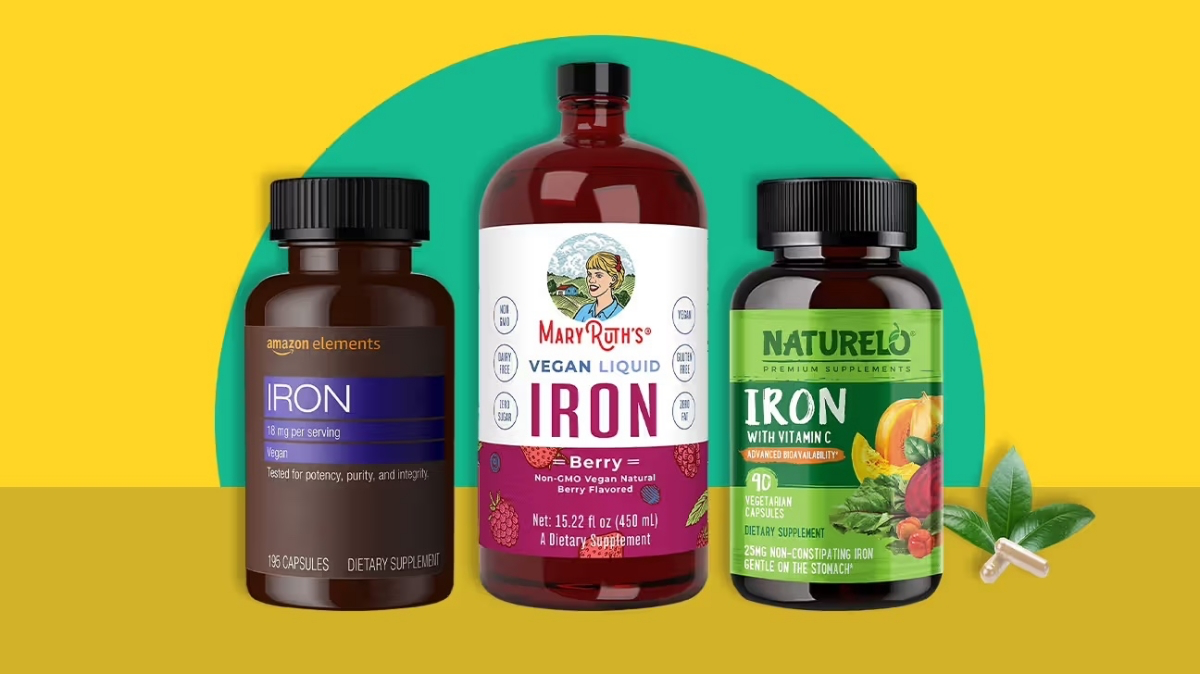
The Sunshine Vitamin We All Need: Vitamin D
Speaking of testing, let’s start with a big one: Vitamin D. It’s often called the “sunshine vitamin,” but it functions more like a hormone, influencing everything from your immune system and mood to your bone health. Since most of us work indoors and are (rightfully) careful about sun exposure, deficiency is rampant.
If your Vitamin D, 25-Hydroxy test comes back low (and for optimal function, you want to be somewhere between 50-80 ng/mL), supplementation is a no-brainer. Look for Vitamin D3, as it’s the form your body produces from sunlight and is more effective than D2. A great choice is a supplement that combines D3 with Vitamin K2. Why? Vitamin D helps you absorb calcium, but K2 is the traffic cop that tells the calcium where to go—into your bones, not your arteries. It’s a critical partnership.
Good to know: A solid D3 + K2 supplement is usually very affordable, often in the $15 to $25 range for a several-month supply. A typical dose for maintenance is around 2,000 IU per day, but if you’re deficient, you may need 5,000 IU or more for a few months to bring your levels up. Just be sure to re-test after 3 months to see how you’re responding.
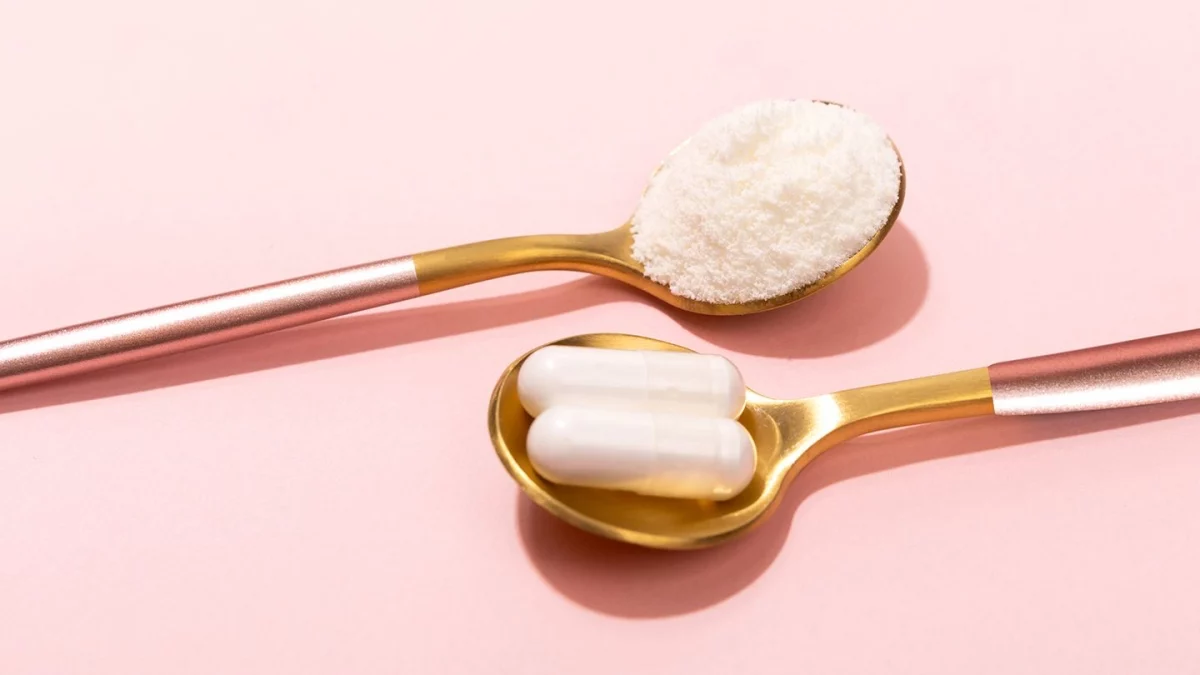
Iron: The Fuel for Your Energy
Iron deficiency is hands-down one of the most common issues I see in menstruating women. It’s not just feeling a little tired; it’s a deep, bone-weary exhaustion that can impact your entire life. Iron is the core of hemoglobin, the molecule that carries oxygen to every single cell in your body. When you’re low on iron, you’re literally running on low oxygen.
That’s why low ferritin can cause fatigue, brain fog, hair shedding, pale skin, and even shortness of breath. Your body is struggling to deliver the fuel it needs to function.
How to Supplement Iron the Right Way
If your blood test confirms low ferritin, the type of iron you take matters. A lot. The most commonly prescribed form, ferrous sulfate, is notorious for causing constipation and stomach pain because it’s poorly absorbed. Skip it.
Instead, look for a chelated form like iron bisglycinate. This form is bound to an amino acid, making it incredibly gentle on the gut and much easier for your body to absorb. Expect to pay between $15 and $25 for a good 60-day supply.
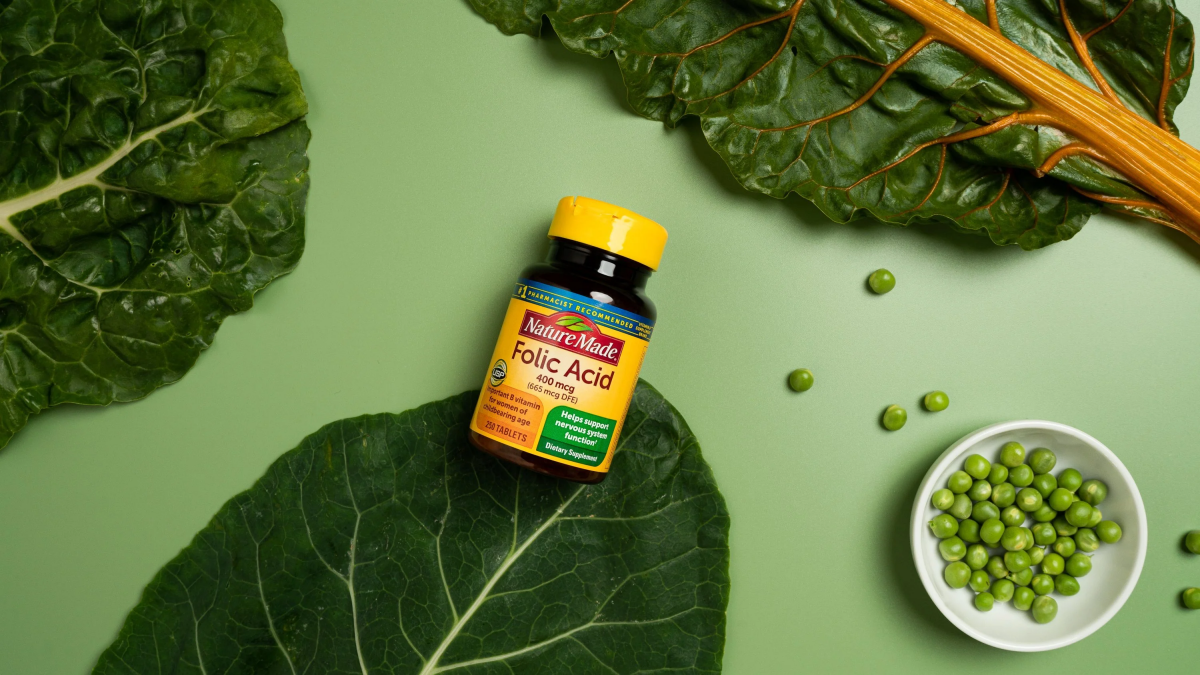
Heads up! To maximize absorption, always take your iron with about 500mg of Vitamin C (a small glass of orange juice works, but a supplement is more potent). And just as important is what you don’t take it with. Avoid taking iron within two hours of coffee, tea, or high-calcium foods or supplements, as they can seriously block its absorption. This is a common mistake that wastes your time and money.
And a critical reminder: NEVER supplement with iron unless a blood test confirms you need it. Too much iron is toxic and can cause cellular damage. Always test first.
Magnesium: The Ultimate Relaxation Mineral
If iron is your body’s gas pedal, magnesium is the brake. This miracle mineral is involved in over 300 processes in the body, helping to calm your nervous system, relax your muscles, regulate blood sugar, and even produce energy. Modern stress burns through magnesium like crazy, and our soil isn’t as rich in it as it used to be. So if you’re dealing with anxiety, trouble sleeping, muscle cramps, or intense chocolate cravings (yep!), magnesium might be your new best friend.
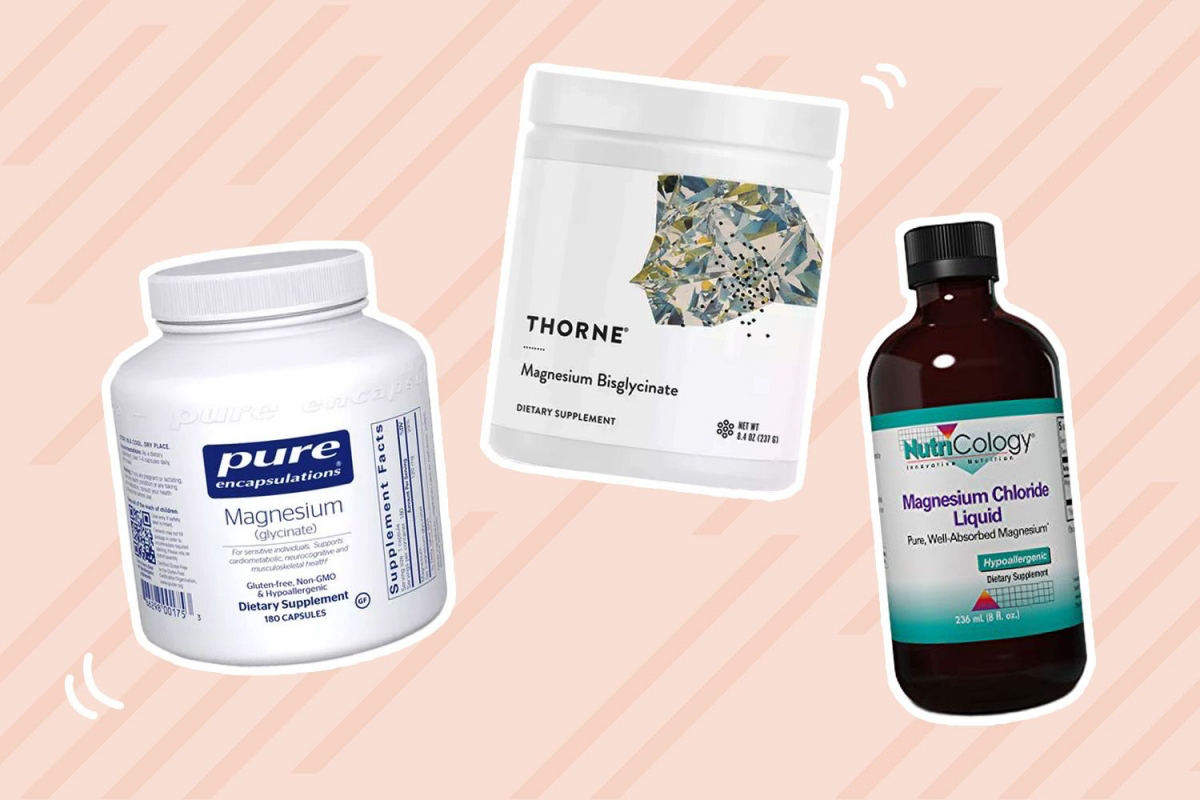
I remember one person who was plagued by nightly leg cramps and felt a constant, gnawing anxiety, especially before her cycle. It was draining her. After just a month of taking 300mg of magnesium glycinate before bed, the cramps were completely gone, and she reported feeling a sense of calm she hadn’t felt in years. It can be that transformative.
Which Magnesium is Right for You?
Just like with iron, form is everything. The cheap magnesium oxide you see in drugstores is mostly a laxative. It’s poorly absorbed and won’t do much to restore your body’s levels. Here’s a quick guide to the good stuff:
- For Sleep & Anxiety: Magnesium Glycinate. This is my go-to recommendation. It’s highly absorbable and bound to the calming amino acid glycine, so it’s perfect for taking before bed. A typical dose is 200-400 mg.
- For Constipation: Magnesium Citrate. This form is also well-absorbed but has more of a gentle laxative effect by drawing water into the bowel. It’s great if you need help with regularity.
- For Muscle Soreness & Fatigue: Magnesium Malate. Bound to malic acid, which is involved in energy production, this form can be helpful for those with muscle aches and fatigue.
The main side effect of too much magnesium is loose stools. If that happens, it’s just your body’s way of saying you’ve hit your limit. Simply back off the dose.
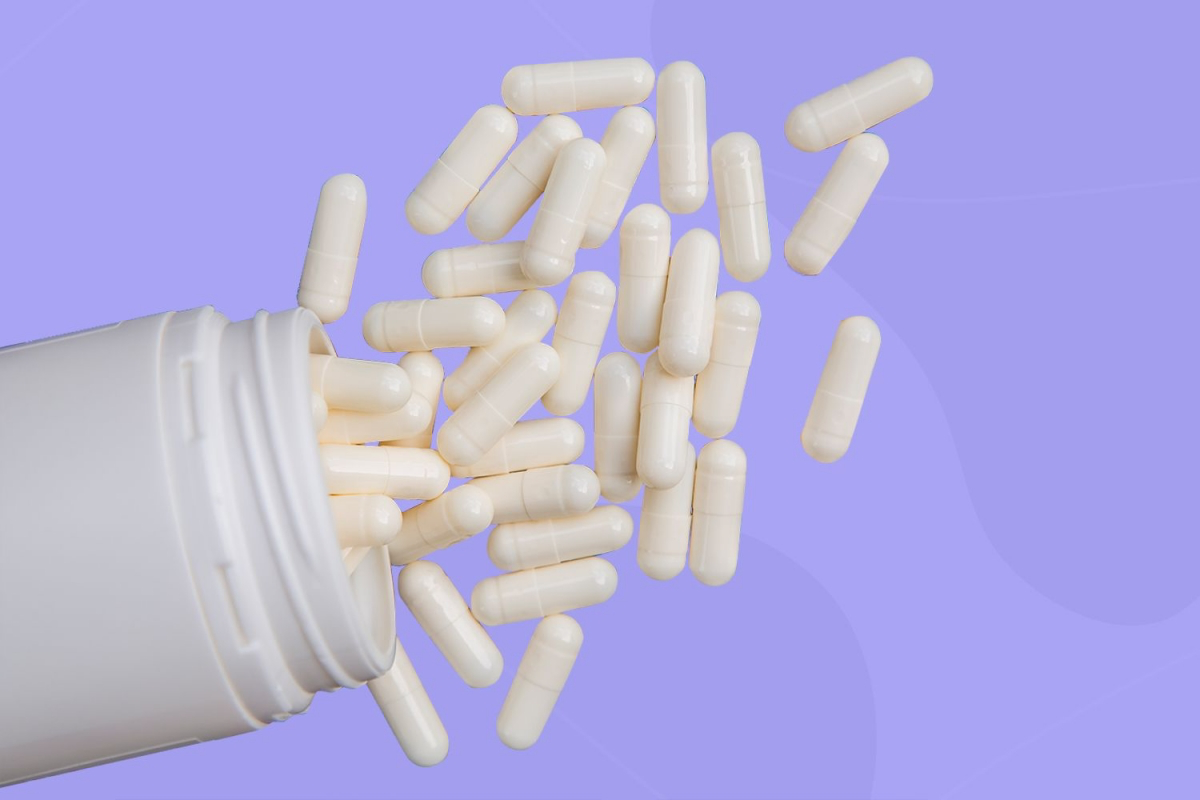
Omega-3s: The Anti-Inflammation All-Stars
Omega-3 fatty acids are essential fats, meaning you have to get them from your diet. They are absolute powerhouses for taming inflammation, building a healthy brain, and keeping your joints moving smoothly. The problem? Most modern diets are flooded with inflammatory omega-6s (from vegetable oils and processed foods) and are seriously lacking in omega-3s.
The two key players in fish oil are EPA and DHA. Think of EPA as the primary anti-inflammatory, great for mood and joint pain. DHA is more of a structural fat, a major building block for your brain and eyes. A good supplement should provide at least 1,000 mg of combined EPA and DHA per day.
Quality is non-negotiable here. Cheap fish oil can be rancid or contaminated with heavy metals. Look for a brand that uses small, wild-caught fish (like sardines and anchovies) and can provide a third-party Certificate of Analysis (COA) for purity. You can usually find this by scanning a QR code on the bottle or by visiting the brand’s website and looking for a “Quality” or “Testing” tab. A high-quality fish oil can cost between $25 and $45, but it’s worth it.
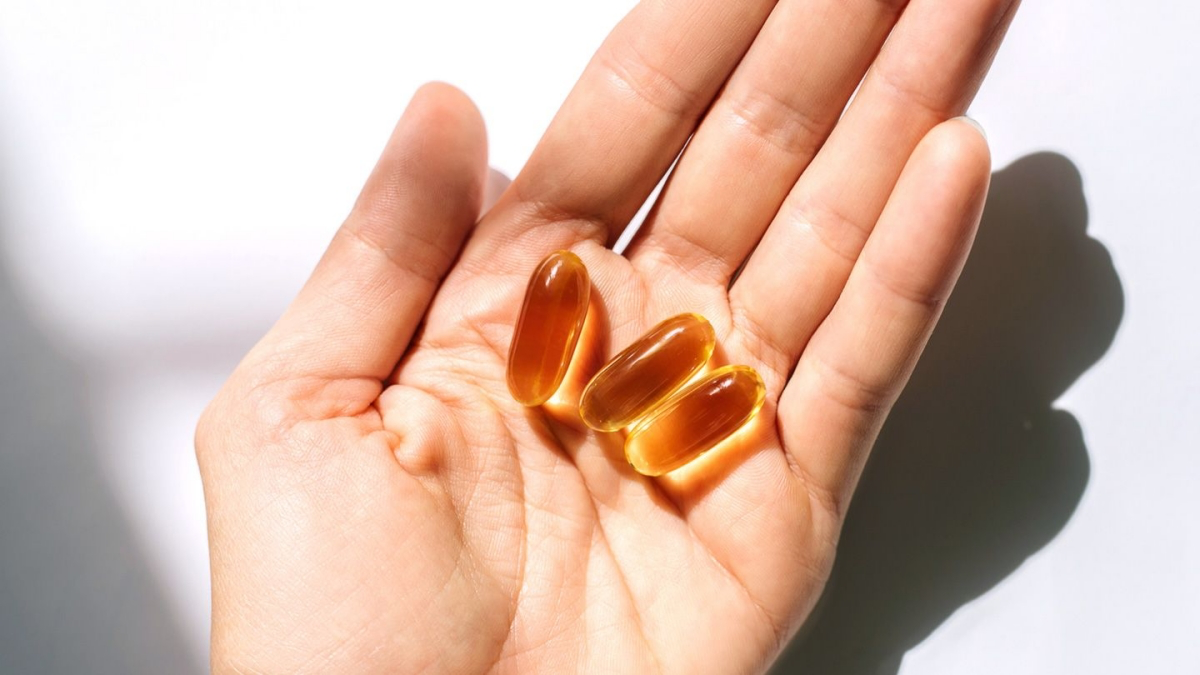
Quick tip: Bite into one capsule from every new bottle. It should taste clean and oily, not sharp, bitter, or fishy. If it tastes foul, it’s rancid—throw it out.
Folate vs. Folic Acid: A Crucial Difference
You’ve probably heard of folic acid, especially for pregnancy. But here’s an important distinction: folate and folic acid are not the same. Folate is the natural B9 found in food. Folic acid is the synthetic version used in most cheap supplements and fortified foods.
The issue is that a huge chunk of the population has a common genetic variation (in the MTHFR gene) that makes it difficult to convert synthetic folic acid into the active form your body can actually use. For these people, taking folic acid is inefficient at best.
The solution? Bypass the conversion issue entirely. Always choose a supplement with the active, ready-to-use form of folate. On the label, look for L-Methylfolate or 5-MTHF. This is the form that gets the job done for everyone, regardless of genetics.

Putting It All Together: A Practical Plan
Okay, that was a lot of information! Let’s boil it down to a simple, actionable summary.
Your Practitioner’s Shopping List:
When you’re reading labels, here are the best forms to look for:
- Iron: Iron Bisglycinate
- Vitamin D: Vitamin D3 (ideally with K2)
- Magnesium: Magnesium Glycinate (for calm/sleep) or Citrate/Malate for other goals
- Omega-3s: Triglyceride form (from a third-party tested brand)
- Vitamin B9: L-Methylfolate (5-MTHF)
When to Take What:
A little bit of timing can make a big difference.
- Morning: Take your Iron (with Vitamin C, away from coffee/tea) and Vitamin D3/K2 with breakfast, as they can be more energizing.
- Evening: Take Magnesium about an hour before bed to promote relaxation and restful sleep.
- With a Meal: Omega-3s are best absorbed with a meal that contains some fat.
Remember, supplements are here to support a healthy lifestyle, not replace it. Correcting a deficiency is a marathon, not a sprint—it takes consistency and several months to rebuild your levels. But by listening to your body, using testing to get clear data, and choosing high-quality tools, you can absolutely reclaim your energy and feel fantastic again.
Inspirational Gallery
Beyond the Pill: The Absorption Factor. Taking a supplement is one thing; absorbing it is another. To get the most from your iron, take it with a source of Vitamin C (like a small glass of orange juice or a camu camu powder) and at least an hour away from coffee, tea, or calcium-rich foods, which can block its uptake. Fat-soluble vitamins like D and K are best taken with a meal that contains healthy fats, like avocado or olive oil, to ensure they’re properly utilized by your body.
A 2019 study in the journal Nutrients found that approximately 30-50% of adults in the US and Europe have suboptimal Omega-3 Index levels, a key marker for cardiovascular and cognitive health.
This isn’t just about heart health. DHA, a type of omega-3, is a primary structural fat in the human brain and retina. Think of it as essential scaffolding for your cognitive function and vision. For a high-quality source, look for fish oil supplements from brands like Nordic Naturals that specify the EPA and DHA content and test for purity and freshness.
I feel stressed and wired all the time. Is there anything for that?
This is where adaptogens shine. Instead of acting as a sedative or a stimulant, they help your body’s stress-response system become more resilient. Ashwagandha is a great starting point. Look for a standardized extract like KSM-66, which has been studied for its ability to reduce cortisol levels and promote a sense of calm without drowsiness. It’s about helping your body manage stress better, not just masking the symptoms.
Magnesium Glycinate: This form is bound to the amino acid glycine, known for its calming properties. It’s highly absorbable and gentle on the stomach, making it a top choice for improving sleep quality, reducing anxiety, and easing muscle tension.
Magnesium Citrate: This form is bound to citric acid and is also well-absorbed. It has a natural osmotic effect, drawing water into the intestines, which makes it effective for promoting gentle, predictable bowel regularity.
For sleep and calm, Glycinate (from brands like Thorne or Pure Encapsulations) is often preferred. For constipation, Citrate is the go-to.
- Lessens feelings of being ‘wired but tired’
- Supports a more stable mood throughout the day
- Improves resilience to daily pressures
The secret? A well-chosen B-Complex vitamin. Many women burn through B vitamins (especially B5, B6, and B12) rapidly under stress. A ‘methylated’ B-complex provides these nutrients in their active forms, making them more readily available for your body to use for energy production and neurotransmitter synthesis.
A key mistake: Thinking all probiotics are the same. Grabbing any bottle off the shelf is like hiring a random person for a highly specialized job. The benefits of probiotics are strain-specific. For example, Lactobacillus rhamnosus GG is heavily researched for immune support and preventing antibiotic-associated diarrhea, while Bifidobacterium lactis BB-12 is studied for digestive regularity. For targeted results, choose a product that lists the specific strains and has research to back them up, like those from Seed or Garden of Life.
Your supplement bottle is only as good as its third-party certification.
Feeling overwhelmed by the sheer number of brands? The best ones don’t hide behind fancy marketing; they prove their quality. Here’s a quick checklist for choosing a trustworthy supplement:
- Third-Party Testing: Look for seals from NSF International, USP (U.S. Pharmacopeia), or ConsumerLab.com on the label. This verifies that the product contains what it says it does and is free from harmful contaminants.
- Clean Ingredients: Check the ‘other ingredients’ list. You want to see minimal fillers, binders, artificial colors, or common allergens. Brands like Pure Encapsulations are known for their hypoallergenic formulas.
- Effective Forms: The company should use bioavailable forms of nutrients (e.g., iron bisglycinate instead of ferrous sulfate) for better absorption and fewer side effects.
Think of collagen powder less as a magic wrinkle eraser and more as a targeted protein boost. It delivers specific amino acids—glycine, proline, and hydroxyproline—that are crucial building blocks for your skin’s structure, joint cartilage, and gut lining. When you supplement, you’re providing your body with an abundant supply of the exact raw materials it needs for repair. For best results, choose a hydrolyzed collagen (or ‘peptides’) for easier absorption, like those from Vital Proteins or Ancient Nutrition.
Pro Tip: Time Your Dosing. Create a simple rhythm for your supplements to make them a seamless part of your day. A general rule of thumb: take energizing nutrients like B-Complex in the morning with breakfast to support your metabolism all day. Keep relaxing minerals like magnesium for your evening routine, about an hour before bed, to promote restful sleep. Consistency is more important than perfect timing, but this small tweak can enhance the benefits you feel.










